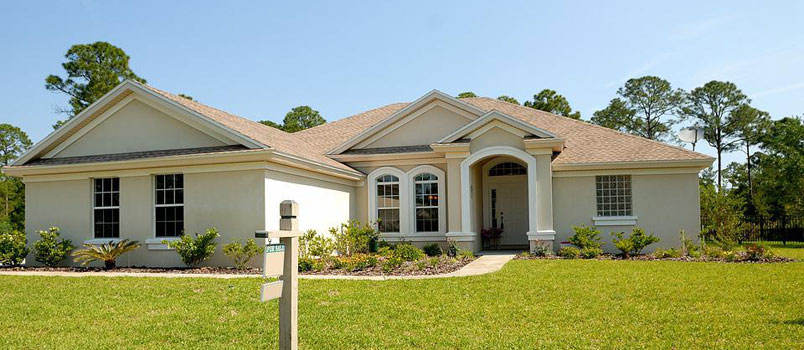One of the most important decisions homeowners make is choosing a roofing material. There are a variety of materials on the market, each with its benefits and drawbacks. It can be hard to decide which one is right for your home and your needs.
The best thing you can do is explore the options you have so that you know what each of them brings to the table. For example, some are easier to install, while others require minimal maintenance, all of which are important aspects to consider.
Clay and Concrete
If you want a traditional look, clay and concrete tiles provide the aesthetic. As the names imply, they’re made of clay or concrete, contributing to strength and durability. Clay tiles come in many hues, whereas concrete is limited to light gray or tan colors. In addition, these materials can be installed on steeper roofs than other options because they weigh less.
These tiles are difficult to install for the average do-it-yourselfer, so it’s best to have professionals like those at Mighty Dog Roofing – Southwest Houston handle it.
They can be heavy and don’t come in smaller sizes, which is a big drawback over asphalt shingles because of their weight. In addition, large tiles are more likely to crack with age when they expand or contract due to weather. Cracks are not a major concern, but you need to repair this before leaking can occur.
Asphalt
Asphalt shingles are the most popular choice in North America, making up over 70% of all roofing material. They’re affordable and easy to install, so homeowners can afford to have them replaced when needed. This is a great choice if you want an inexpensive option that doesn’t require much maintenance.
There are different asphalt shingles, each with its own color options. The most common are three-tab shingles that feature a single layer of asphalt covering the entire surface area. Unfortunately, they’re only halfway attached at the top, so they have no ventilation, contributing to ice dams in colder months. Three-tabs’ lack of airflow also makes them susceptible to mold growth.
If you’re still interested in asphalt, consider getting laminated shingles that are two or three times thicker than standard asphalt shingles. They have a more durable surface with ventilation slots designed to drain water quickly. These need to be installed by professionals because they’re heavy and difficult to handle.
Slate
Slate is a beautiful choice for your roof, but it’s expensive and difficult to replace. In addition, this material comes in large, fairly heavy tiles, so they must be installed on steep roofs to remain secure. Though mold growth is still possible due to low airflow, it’s an extremely durable option. Also, slate has a long life expectancy of 50 to 100 years.
Metal
Another popular choice for roofs is metal. It’s durable and attractive, but it can be difficult to maintain and repair. This material comes in a wide range of colors, allowing homeowners to choose the look they want.
Metal is lightweight and easy to install because it doesn’t expand or contract due to changes in temperature like clay and concrete tiles. It’s also corrosion-resistant, so you don’t need to paint or treat it. The main drawback is that it can dent if something falls on it, which can cause leaks if the damage is severe enough.
Wood
Wood is the solution if you want a traditional look but don’t want to spend as much money. It’s more affordable than metal or tile, but it can be difficult to maintain and repair. Wooden roofs are attractive, but they need plenty of maintenance for a long life expectancy.
Wood expands and contracts in warm or cold temperatures, which can cause warping and splitting. Also, it’s susceptible to mold and insects that can cause permanent damage. In addition, it may be difficult to repair because of the weight and time to replace a damaged board.
However, don’t let this discourage you. The look it provides is unmatched for many traditional-looking homes.





